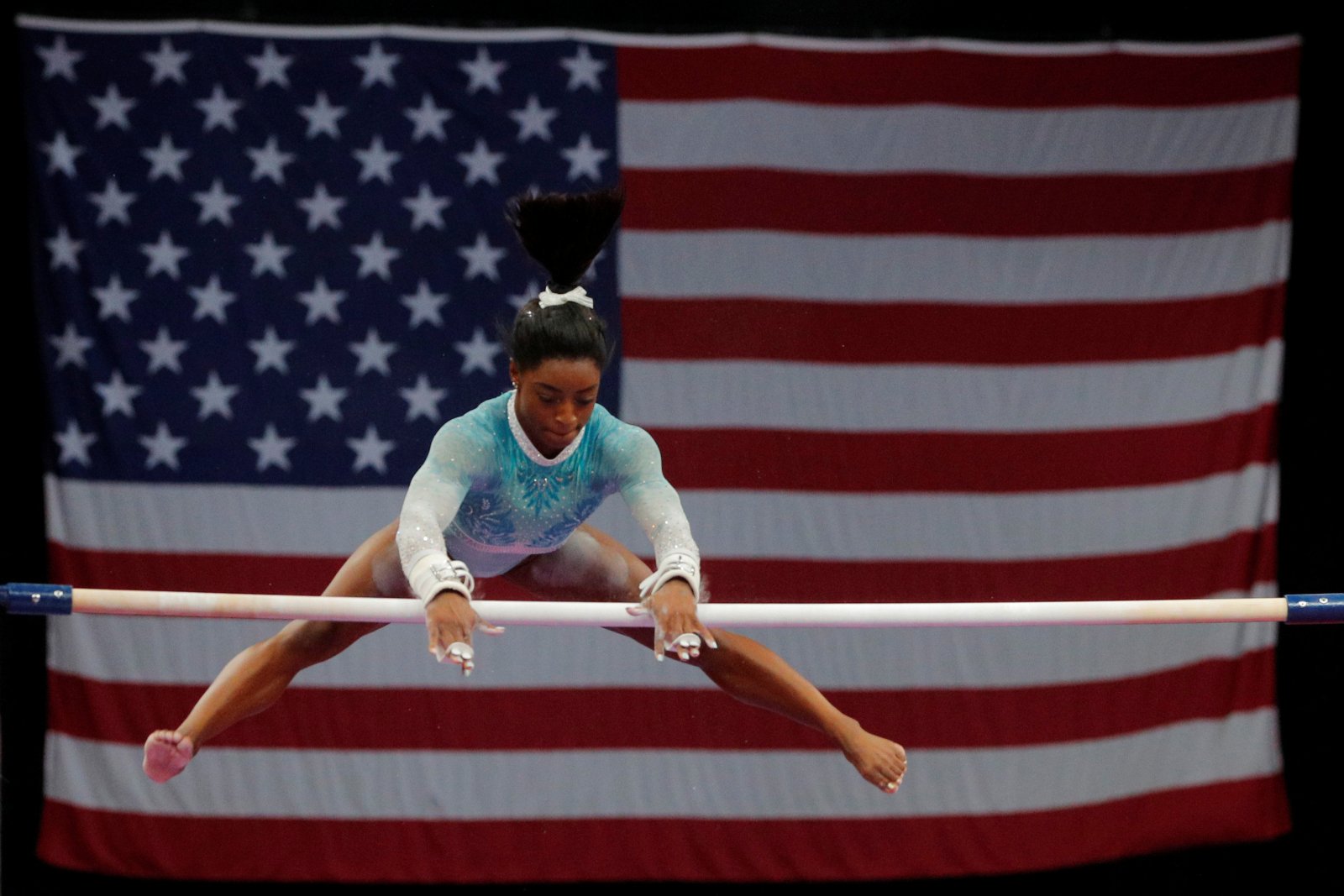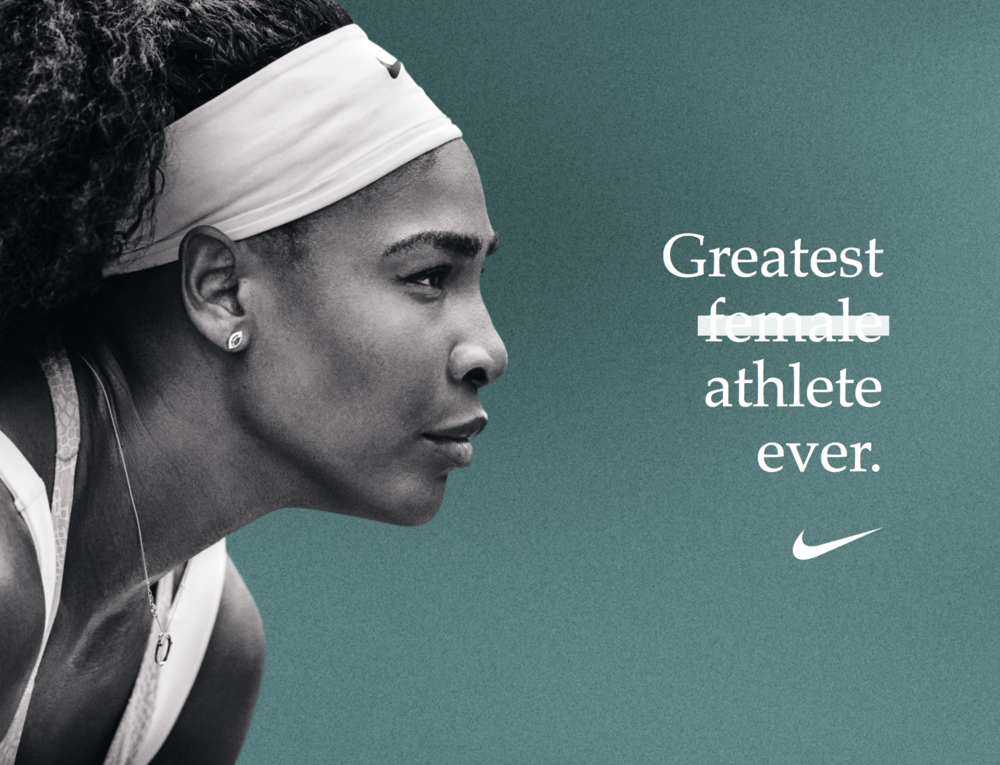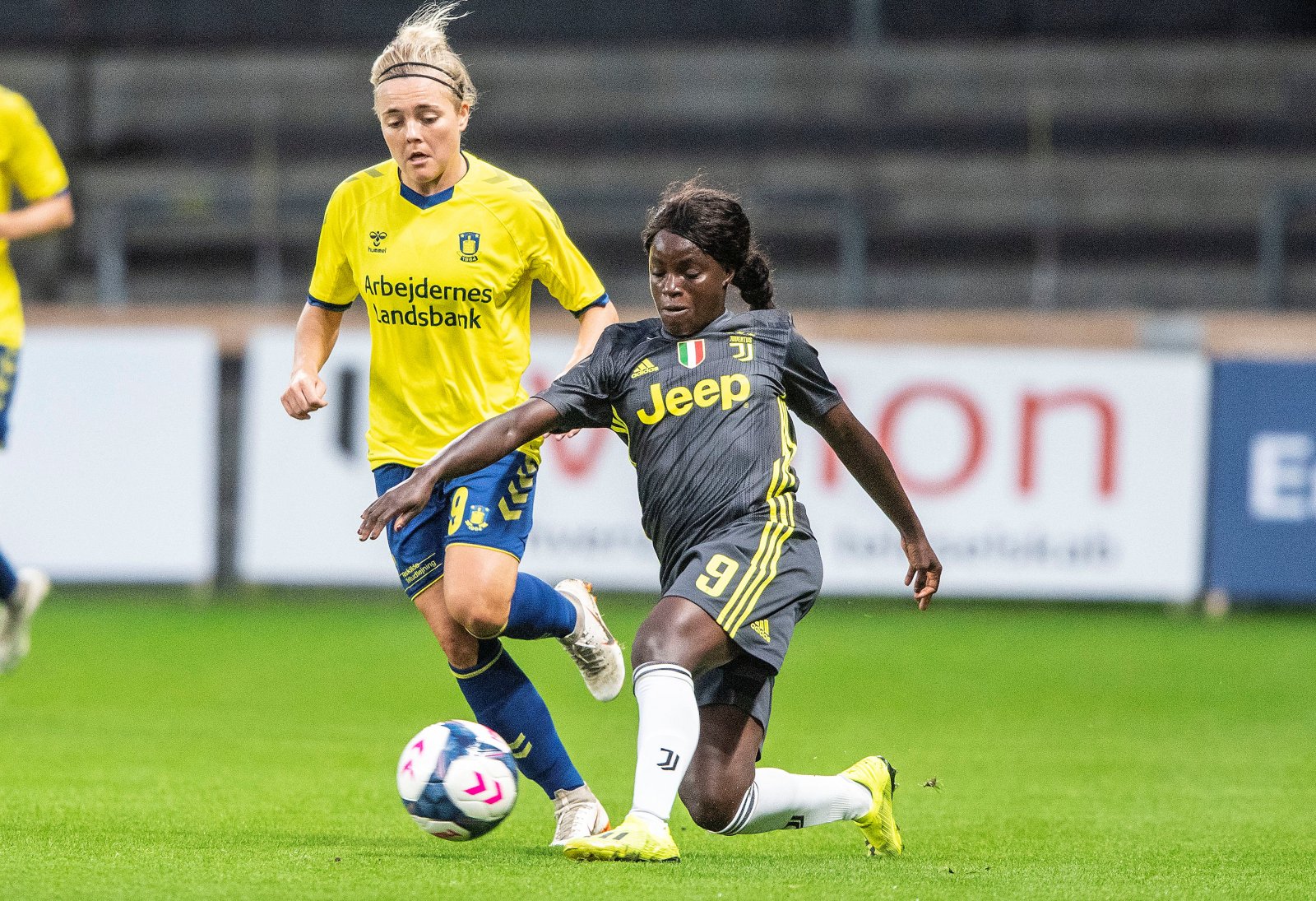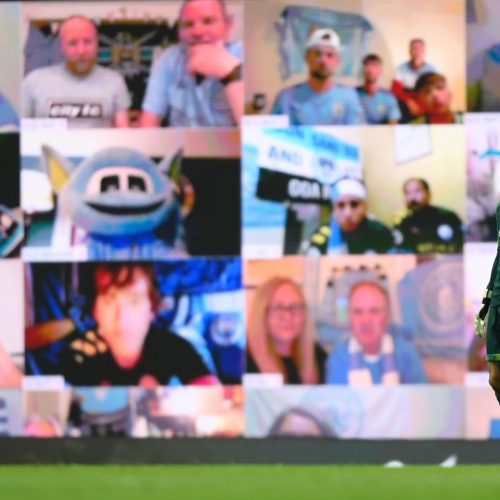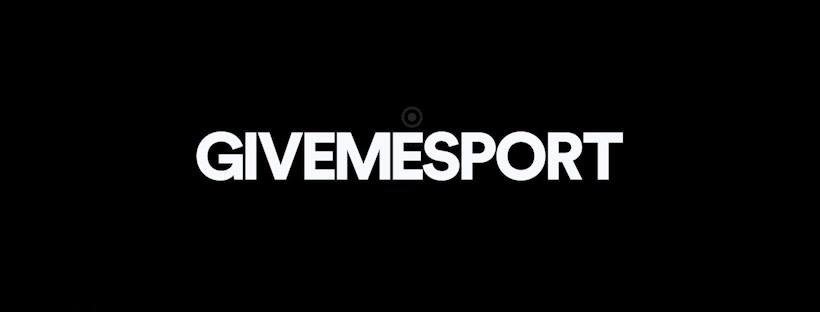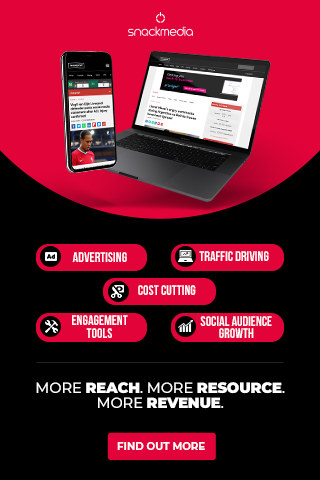Stars of women’s sport have huge potential for brands – stop overlooking them!
This is a guest post by Tunde Salau, co-founder AI-driven influencer marketing platform Vensy.
For decades, girls across the globe have been inspired by the Queens that are the likes of the Williams Sisters, the Alex Scotts and the Simone Biles of the world. They’ve watched Serena and her sister Venus pick up titles as if pieces of art to be added to an ever-growing collection. They’ve felt empowered by her presence to the point they, too, picked up a racquet, took to the court, and even faced off against their idols. Of course, we all know the story of one girl who did just this—Naomi Osaka. Yet, Naomi’s story, and Serena’s story, aren’t quite as novel as one would think. There are female athletes all over the world rising to the top, inspiring the next generation, giving girls confidence, and showing them what hard work and perseverance means. However, despite the fact that they do have huge fan bases, they don’t get the attention they deserve.
Women’s’ Sports are Surging in Popularity
Insure 4 Sports took a survey of the UK and discovered that roughly one-fourth of all women are engaged in some form of sporting activity. That amounts to about 8 million female athletes in the UK alone. The International Olympic Committee further notes that women are participating in Games more than ever. Roughly 44% of participants in London’s 2014 Games were women, up from 23% in 1984’s Los Angeles Games. For comparison, just 13% of participants were woman back in 1964 when the Olympics were held in Tokyo.
However, many groups have made movements to change this and encourage athletics in regions where women are underrepresented, and with great success. In fact, the Olympic Games are slated to hit 50% in the near future, with some potential for female athletes to outnumber male athletes in the coming years.
Female Athletes are Household Names
Chances are, you know many of the most popular female athletes as well. A recent ranking of top ladies based on social media follows, Google Trends, and endorsement earnings places Serena Williams at number one. Maria Sharapova, Venus Williams, Saina Nehwal, and Caroline Wozniacki round out the top five. You may catch the trend there; they all play racquet sports—primarily tennis. As a badminton player, Saina is the only exception to the latter, though the top ten also includes a mix of football, skiing, swimming, and golf.
Despite This, Sports Coverage is Largely Male-Dominated
Even though more women than ever have become household names for excelling in sports, and there are far more female athletes competing than in years prior, women are not getting the same kind of media coverage men are. Research shows that only 7% of sports media coverage is devoted to female athletes, with a mere 4% of online coverage going to the ladies. Moreover, women receive far less in endorsements than their male counterparts, and this, BBC reports, is why Serena Williams is the lone female on the top 100 list of highest-paid athletes. Others, such as Brazilian footballer Marta Vieira da Silva, dubbed “Pele with a skirt” by Pele himself, have struggled to find teams that aren’t shut down. Despite leading several to championships and being admired across the globe for her fancy footwork, Marta had to eventually approach a team and offer to reduce her own salary just to have a place to play.
The Disparity has Unfortunate Roots
Marta’s story, highlighted in the Atlantic, notes that she ushered in a new era for women athletes, as Rio de Janeiro had a law on the books as late as 1979 which specifically stated: “women will not be allowed to practice sports which are considered incompatible to their feminine nature.” The ending of the archaic law may have made “futebol feminino” legal, but it took years and arguably the world’s most talented athletes (male or female) to start to change minds. Similar scenarios are being played out in all corners of the world even today.
We might like to think that this attitude has faded, but it sadly has not—not even in the UK.
See, the Insure 4 Sports survey mentioned earlier wasn’t really about how many women engage in sport; it centred on attitudes regarding it. Disparaging remarks left by survey participants ranged from “I think sports are mostly for men” (said by a female respondent) to “It’s bad enough having women commentators never mind players” (said by a male respondent). In fact, people attacked everything from the way female athletes dressed through their level of skill. Nearly a quarter said women are inferior and roughly the same said women are less entertaining. More than 35% said they simply preferred watching men. How can this be when we have talented athletes like Dina Asher-Smith and Eni Aluko who inspire the next generation to greatness?
Changing Media May Change the Way Female Athletes are Viewed
Sadly, this thought process seeps into interviews as well. Serena Williams has gone on the record regarding how she feels about being asked if she’s thinks she’s one of the greatest female athletes of all time. “I prefer the words one of the greatest athletes of all time,” she retorted at a post-Wimbledon press conference. Yet, when Vanity Fair posed it to her in a similar fashion, her reply was firm: “If I were a man, then it wouldn’t be any sort of question.” Serena expanded further in a memo: “People call me one of the ‘world’s greatest female athletes.’ Do they say LeBron is one of the world’s best male athletes? Is Tiger? Federer? Why not?” Marta further notes injustices. “Lots is invested in men’s soccer but little is invested in women’s soccer, despite it being the same sport – just a different gender,” she said.
Despite the ugliness of the Insure 4 Sports survey, one statistic gives some hope for a brighter future. The number one reason people don’t watch women’s’ sports: lack of TV and media coverage. “The more women’s sports are covered, the more popular and mainstream they will become,” says WNBA coach Cheryl Reeve. Former Olympic cycling champion Nicole Cooke also believes adjustments are necessary and has specifically called out the BBC. “If the BBC is paid for by the public, then maybe equality there could be brought in,” she said.
Grow Your Audience; Change Perceptions
There is absolutely no denying that women in sport have a major impact on girls coming up today. Just as many modern female tennis stars give credit to Billie Jean King, and Naomi Osaka pays homage to Serena Williams, each athlete who breaks through barriers empowers the next generation. Yet, it’s not simply the next generation of athletes who are impacted. Despite inequalities such as reduced pay and airtime, female athletes continue to defy the odds and grow massive fan bases as they tear down prejudices of the past. They’re more vocal than ever, speaking out about causes dear to them, and engaging on a real level with their fans. Although we’re not where we need to be just yet, the day will soon come when female athletes are simply referred to as “athletes.”
If you’d like to be part of this monumental shift, and grow your own business in the process, choose to work with female athletes for your next social media influencer campaign through Vensy.
About author
You might also like
Interview: Nielsen Sports’ Spencer Nolan Discusses Covid-19’s Impact on Sport Media Rights and the Commercial Sport Landscape
Digital Sport’s Rupert Pratt and Thomas Smith recently sat down with Nielsen Sports Managing Director for the UK & Ireland, Spencer Nolan, to discuss Covid-19’s impact on sport media rights
Mallory Group Launches White Paper on the ‘New Normal’ for Sports Rights Holders
Sport is proving to be one of the high-profile business casualties of the Covid-19 pandemic. However, its slow and structured return will be a key factor in life entering the
Snack Media acquire Facebook’s largest global sports publisher, GIVEMESPORT
Snack Media today announced that its acquisition of GIVEMESPORT will create one of the largest sports publishers in the UK, further strengthening its offering to advertisers, rights holders and independent media owners.

